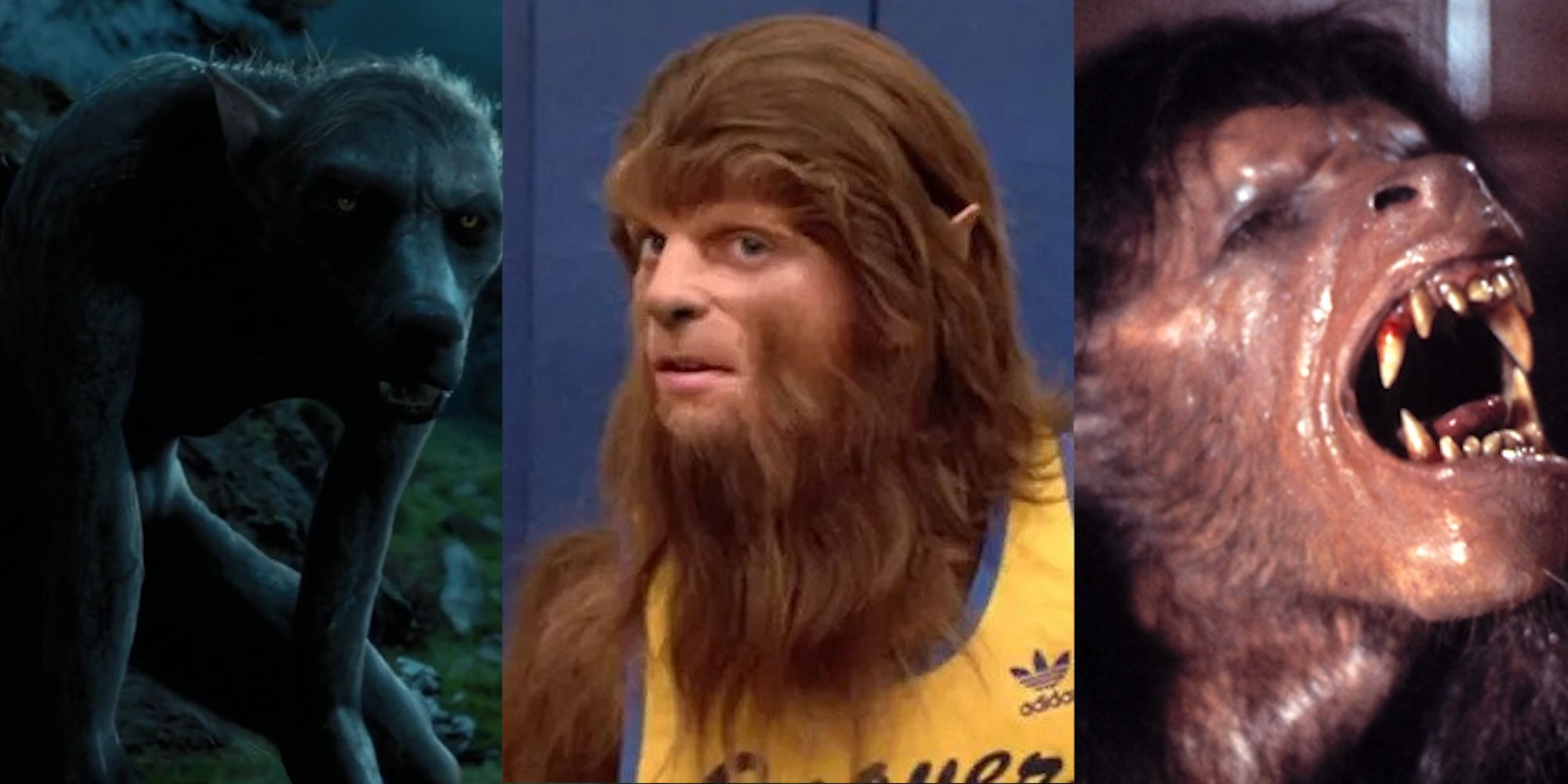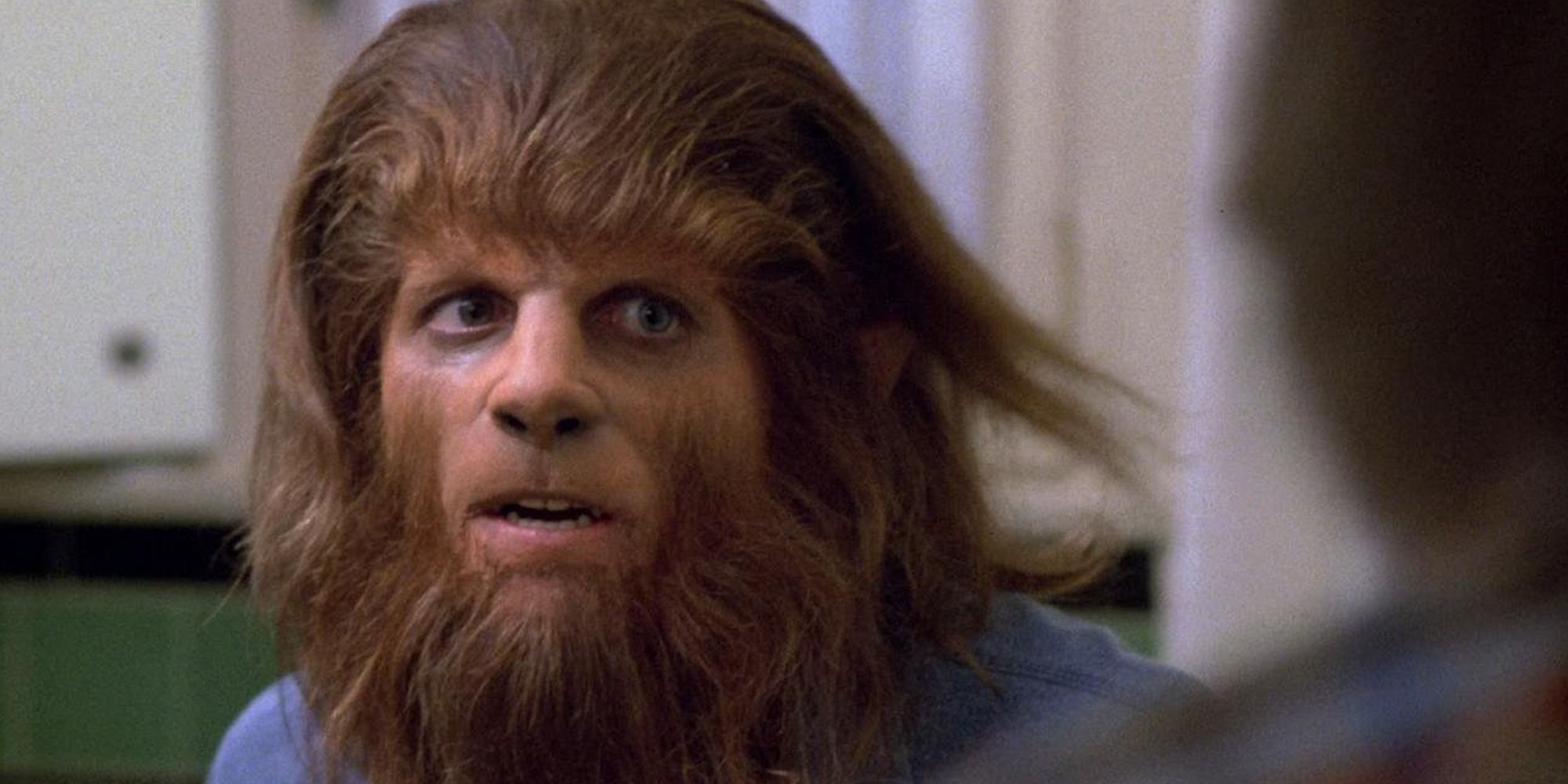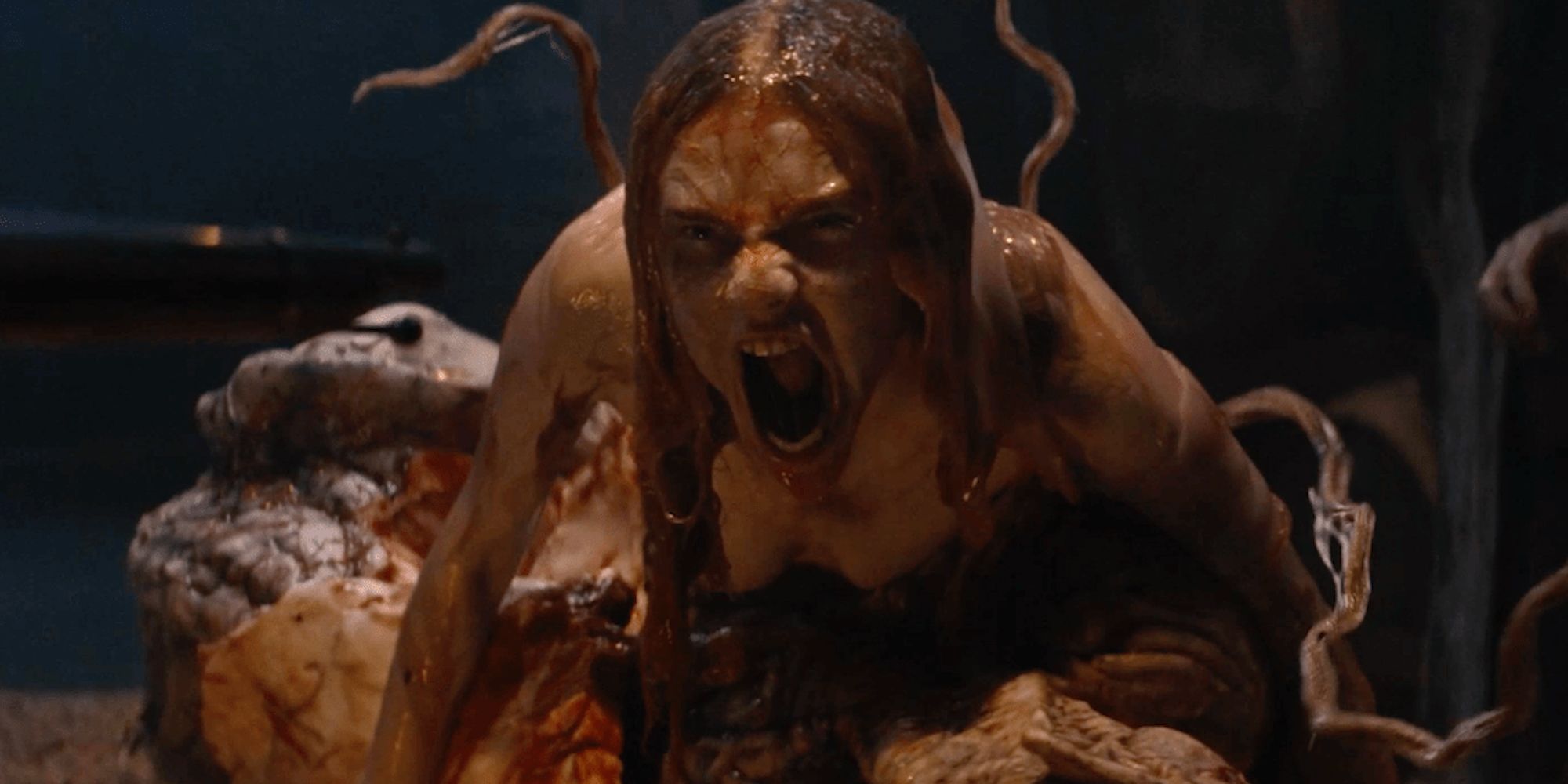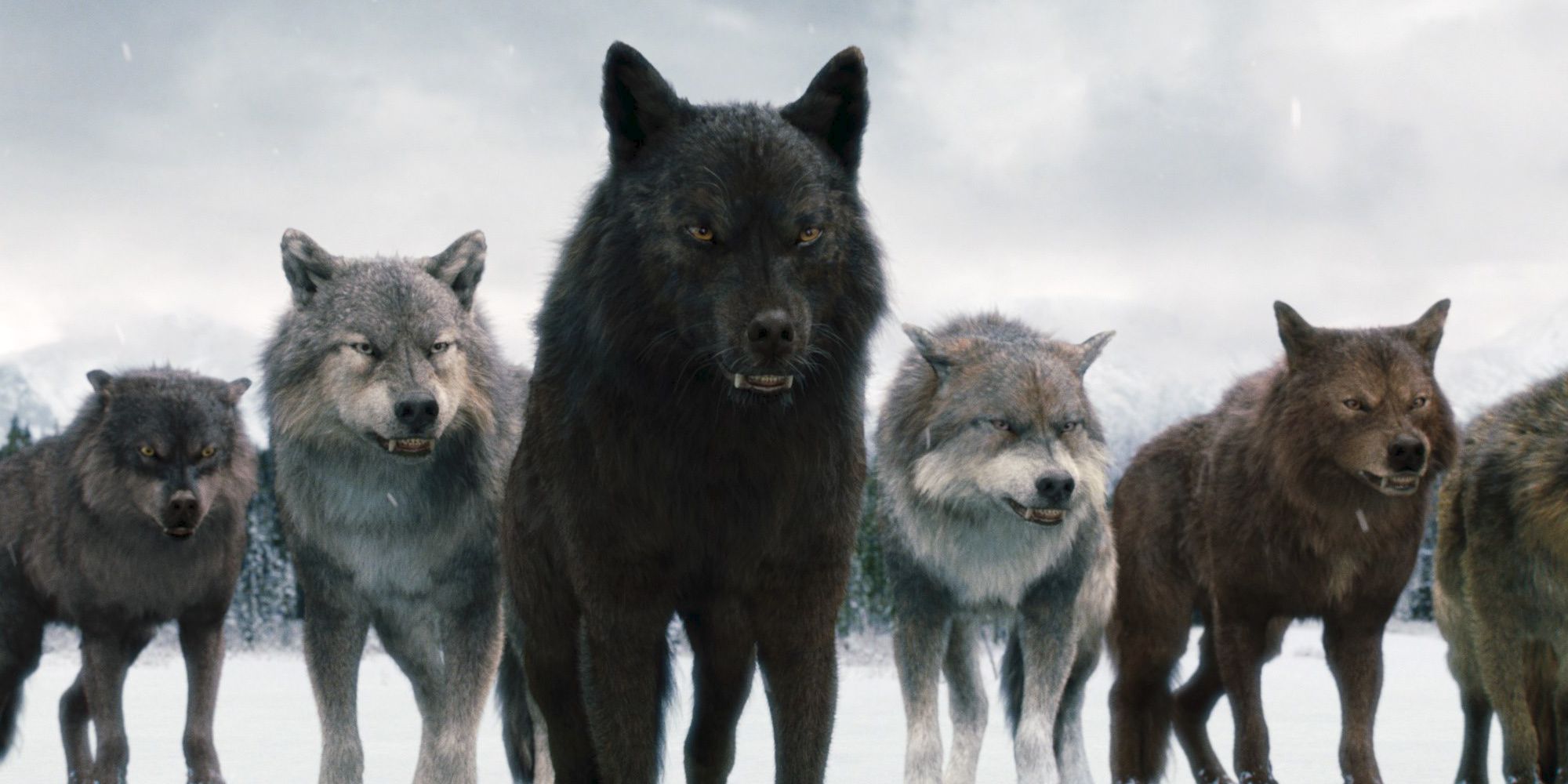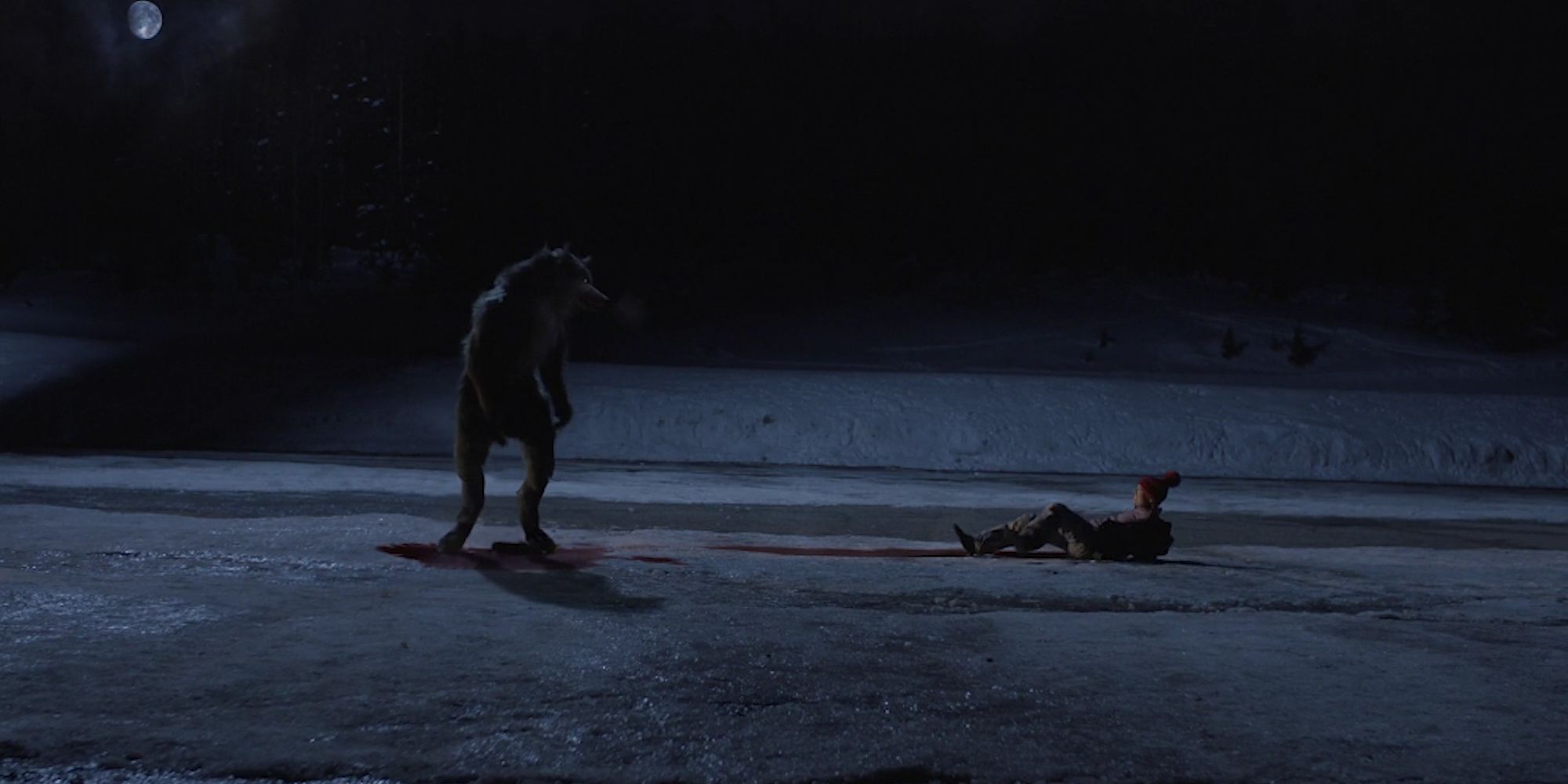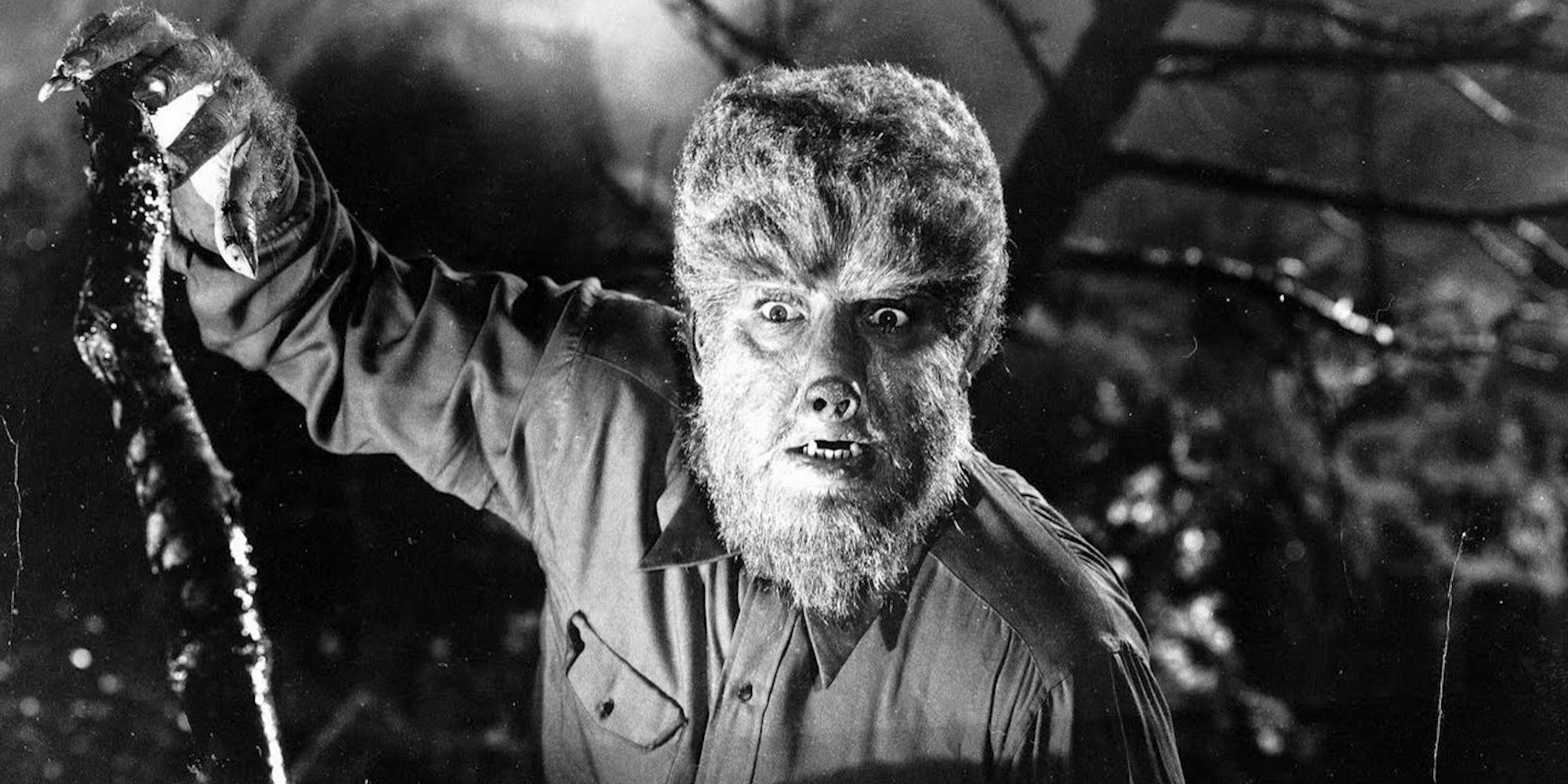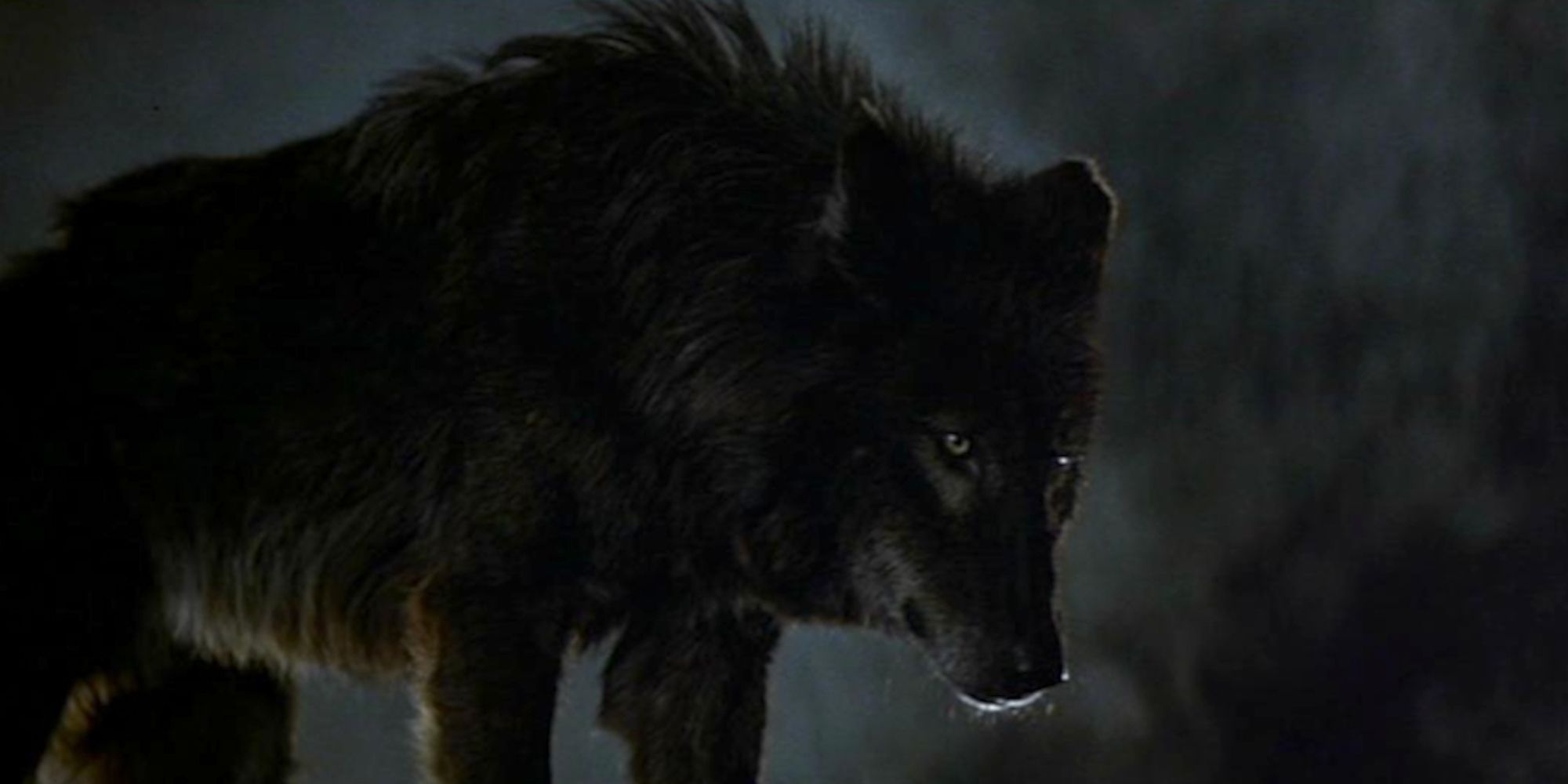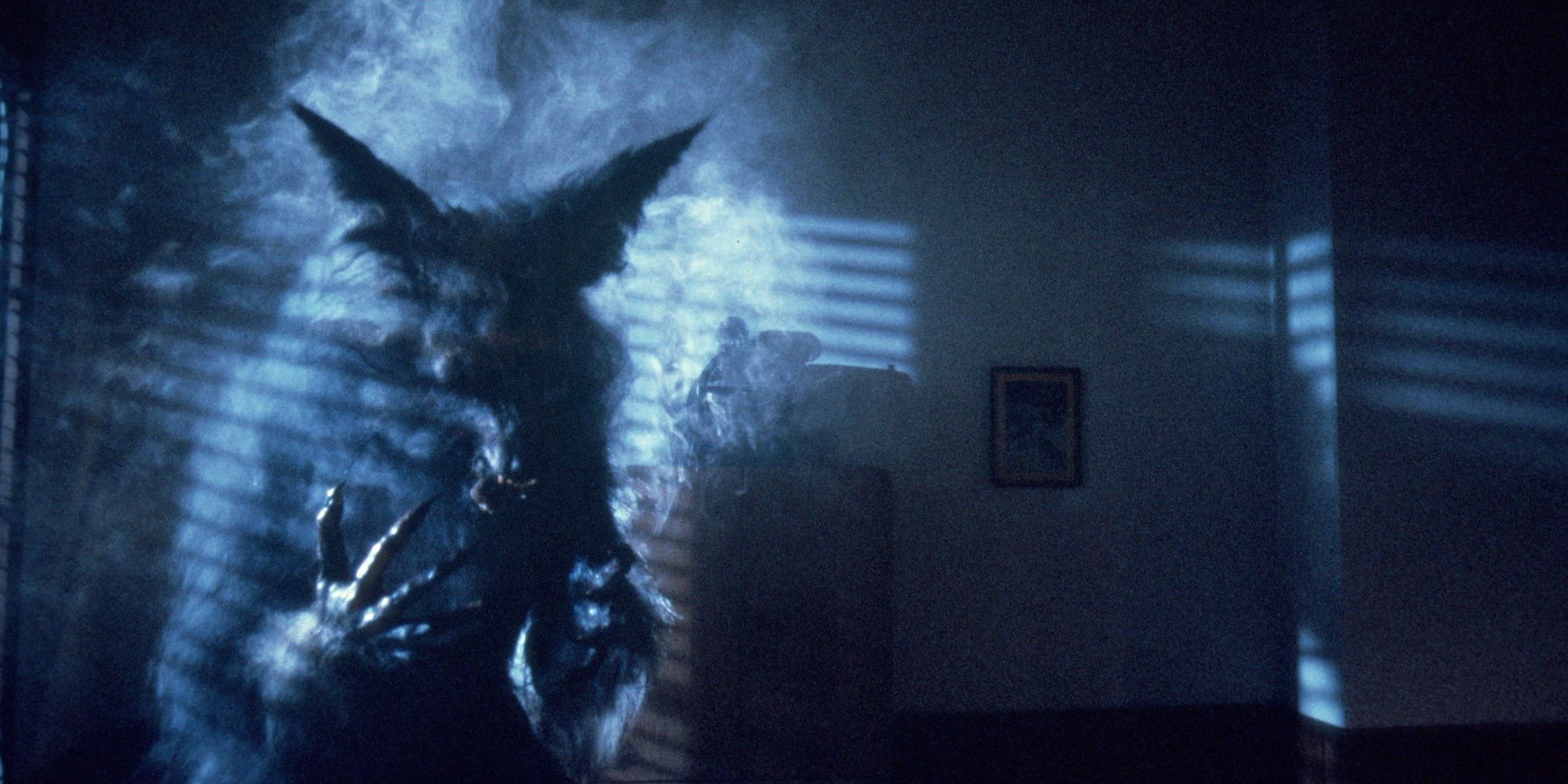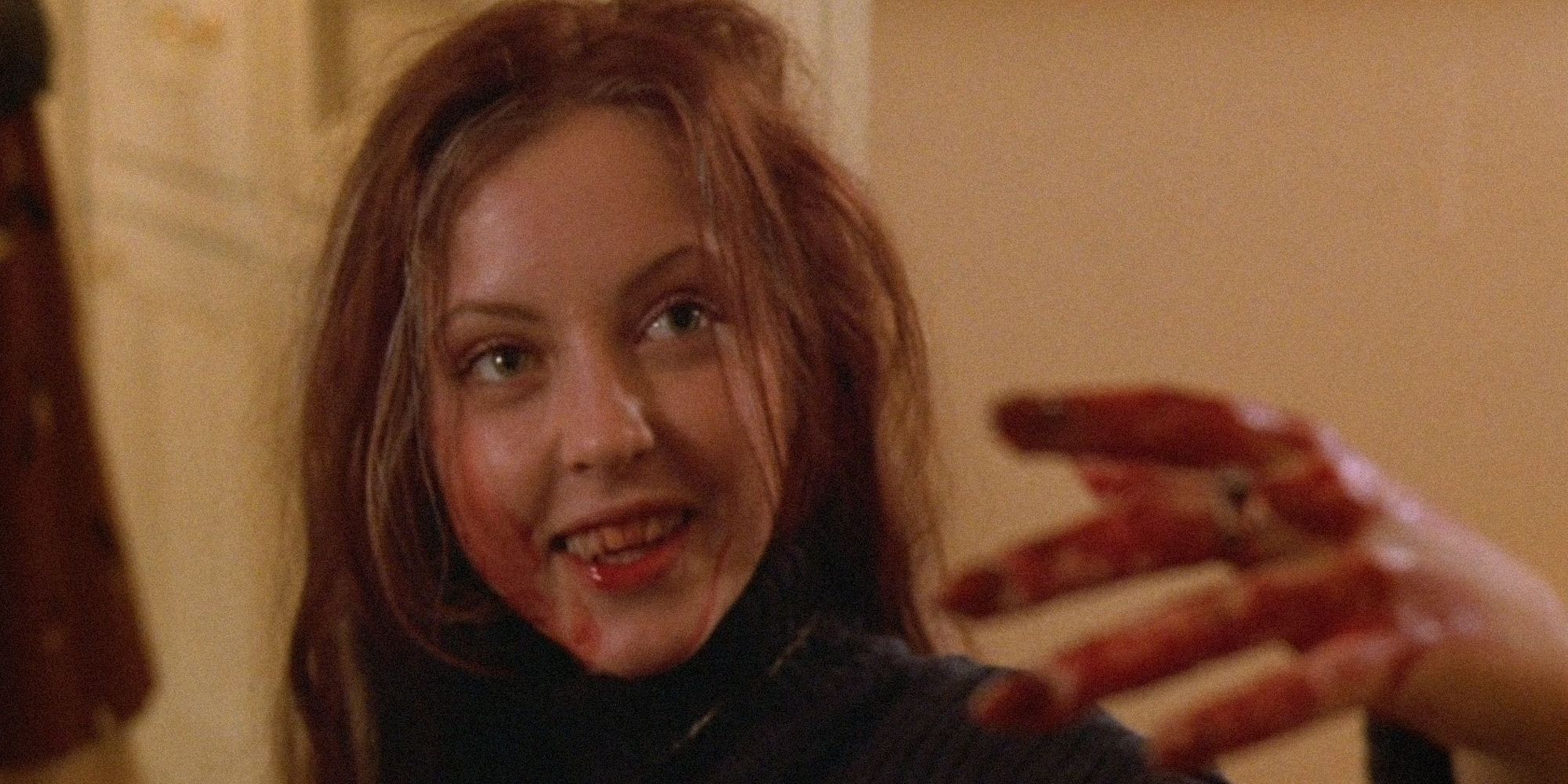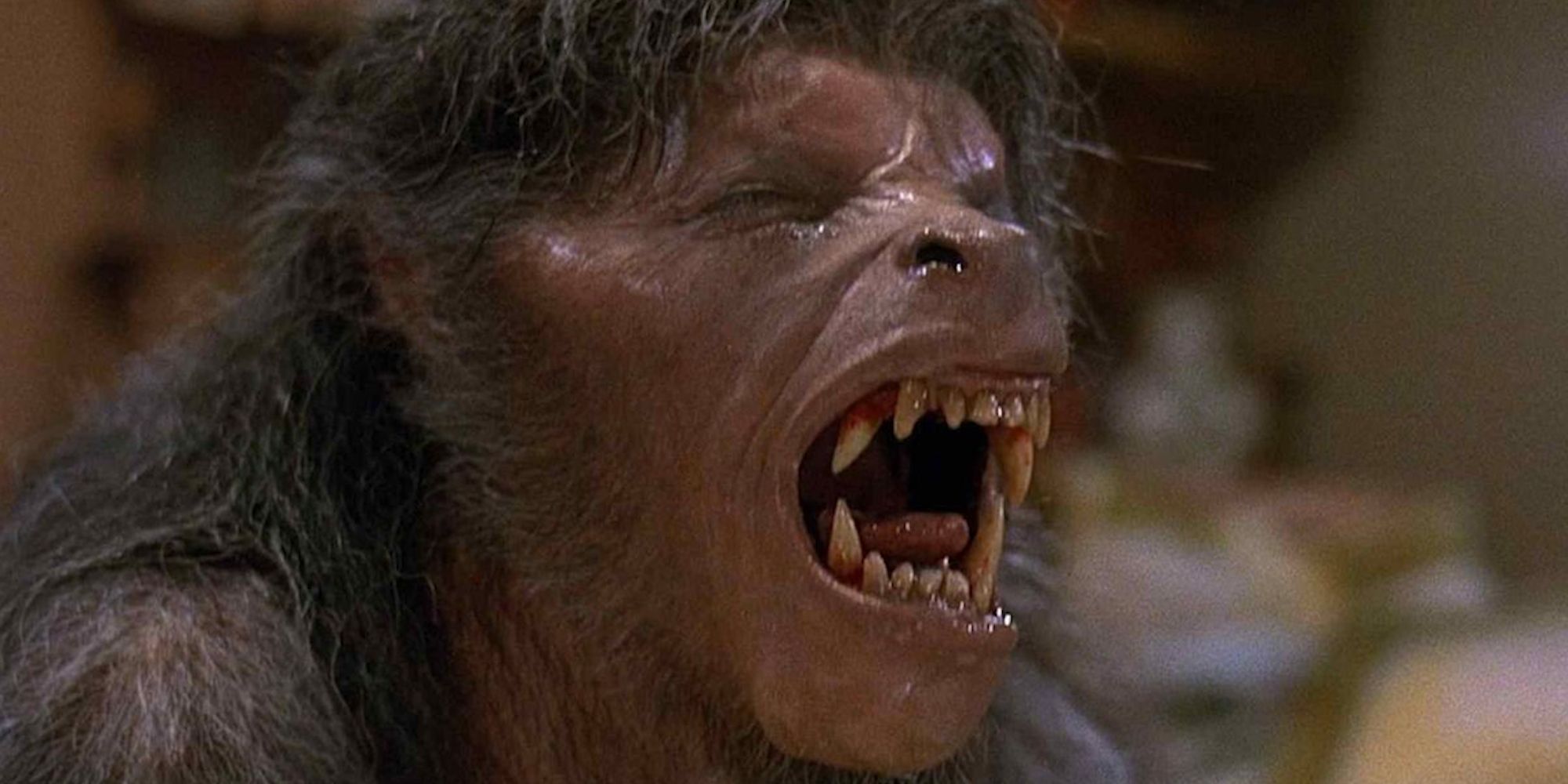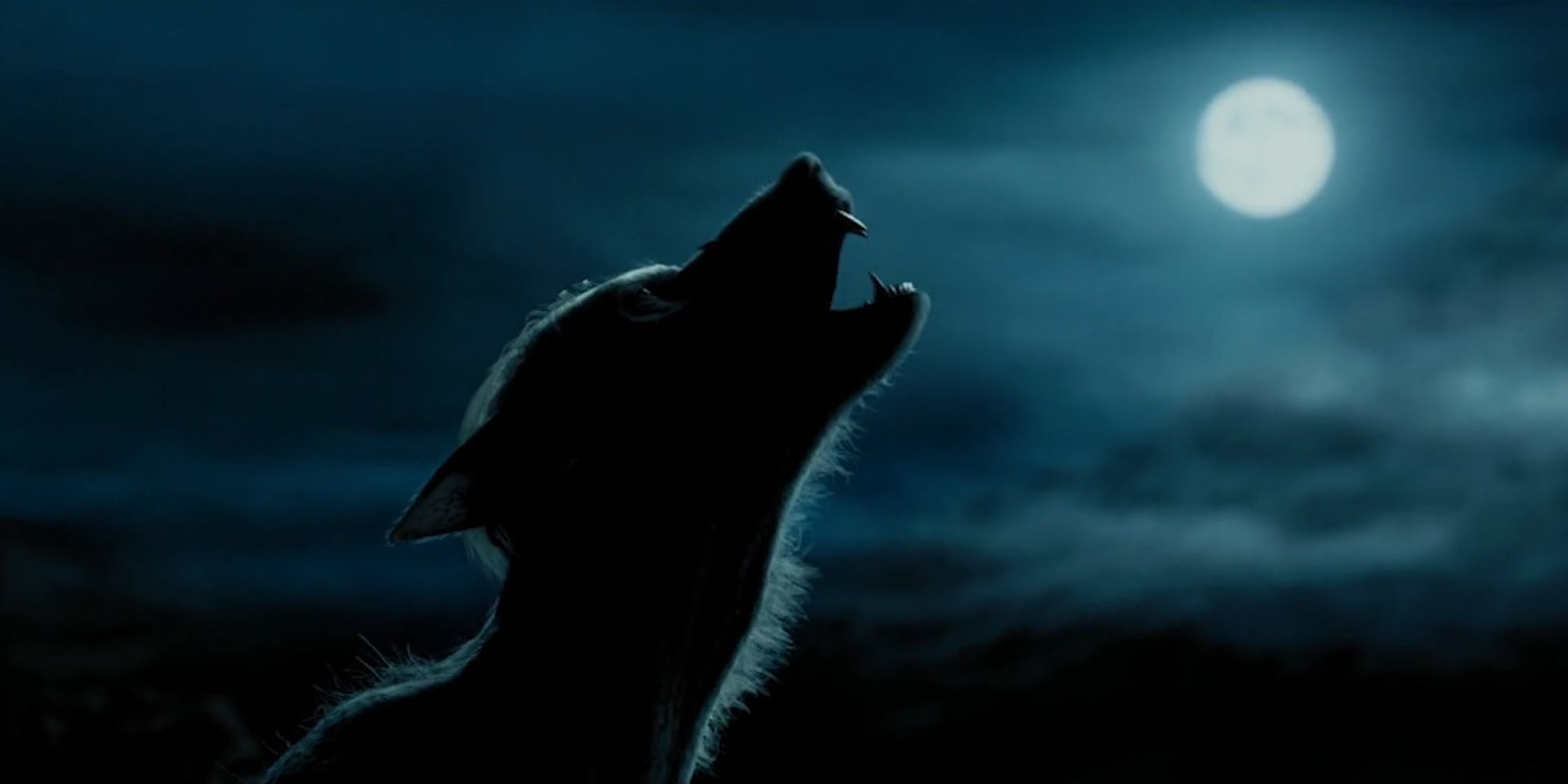Werewolves are among the most iconic movie monsters of all time. From Universal Monsters to Hammer Horror to modern comedies, the creatures have shown a remarkable capacity to be reinvented. As with vampires, the way werewolves are depicted on screen often reveals a lot about the era they were made for.
While the werewolf has fallen out of favor in recent times, some movie depictions of the beast have aged remarkably well.
Scott Howard — 'Teen Wolf' (1985)
This 1985 movie flipped werewolf tropes on their head. Michael J. Fox stars as Scott, an unpopular kid whose life dramatically improves after he starts transforming into a werewolf. His new predatory reflexes help his basketball team end their losing streak. As a result, Scott finds himself one of the most popular students in school. But his transformation is not without its challenges, as he struggles to adjust to his new identity.
Michael J. Fox's charm elevates what is otherwise an average movie into a pop-culture touchstone. Teen Wolf spawned a slew of underwhelming sequels and reboots, but the original remains an entertaining example of how the werewolf can be reworked to suit any era.
The Dark Ones — 'The Cursed' (2021)
This film by English writer-director Sean Ellis is one of the more thoughtful werewolf movies in recent years. It eschews jump scares for an eerie atmosphere and believable performances. Set in nineteenth-century France, it tells the story of a wealthy landowner who orders his thugs to murder a group of Roma who claims that his land belongs to them. Before dying, one of the Roma places a curse on her attackers. Soon after, the community is terrorized by mysterious monsters.
The Cursed uses werewolf mythology to examine the brutality of history and what humans are capable of inflicting on one another. It also brings a fresh approach to the way it depicts the beasts. While they feature many of the hallmarks of werewolves — transmission by bites, gruesome transformations, an aversion to silver — the creatures are less canine than usual but no less creepy.
Jacob Black and His Clan — 'Twilight Saga: New Moon' (2009)
While Stephenie Meyer’s supernatural teen romance is unlikely to appeal to traditional fans of werewolf horror movies, it nevertheless gave audiences a visually striking take on the wolfman.
The werewolves in Twilight are not monstrous or gross. Instead, they look just like regular wolves — only they’re the size of horses and could play fetch with a barbell. No one would accuse New Moon of being great cinema, but it deserves credit for its novel approach to the old monster.
The Wolf — 'The Wolf of Snow Hollow' (2020)
The Wolf of Snow Hollow is a comedy horror film about a series of alleged werewolf attacks in a small Utah town. The monster design is excellent. The werewolf is a hulking creature that the audience only sees in quick bursts, making it surprisingly frightening.
The Wolf of Snow Hollow is also unusually profound for a monster movie. In a key scene, one character suggests that the werewolf myth started as a way to explain cases of human violence since this was less scary than believing humans to be capable of such acts. It suggests that the human side of the werewolf might be the frightening part. In the process, the film proves that werewolf movies can still be relevant today.
Larry Talbot — 'The Wolf Man' (1941)
The Wolf Man is one of the early Universal Monster movies. The scene where Larry (Lou Chaney Jr.) transforms into his wolf form took hours to film, as the special effects team painstakingly applied layers of makeup and shot it frame by frame.
The Wolf Man was hugely popular in its day and had a big influence on how werewolves would be depicted on screen for decades. More than that, it catapulted the lycanthrope to the forefront of the public imagination. While the titular beast looks quaint by today's standards, The Wolf Man still ranks among the most groundbreaking creature features ever.
Wolf Spirits — 'Wolfen' (1981)
"You don't have the eyes of the hunter. You have the eyes of the dead." Although marketed as a run-of-the-mill schlockfest, Wolfen is in fact a brooding film about the environmental damage humans cause. It centers around two New York City cops investigating a string of murders. The killings turn out to be the work of wolf spirits angered by people's destruction of their territory.
Wolfen is intelligent and moody, with a focus on an unsettling atmosphere and believable writing. The werewolves are well-designed and many scenes are shown from their perspective. The technique is effective and was subsequently used for the Predator's POV shots in the Predator films.
Eddie Quist — 'The Howling' (1981)
"We should never try to deny the beast within us." Yet another classic werewolf film from 1981, The Howling tells the story of a reporter who stumbles upon a forest resort where all the residents are werewolves.
The Howling has what may be the freakiest looking werewolves in movie history. Its special effects were state-of-the-art for their time, and the film is notable for its abundance of gore and mayhem. Director Joe Dante gleefully unleashes the violence that the old Universal werewolf movies could only hint at.
Ginger — 'Ginger Snaps' (2000)
Ginger Snaps uses its werewolf premise to spin a compelling story about puberty and the fraught relationship we all have with our bodies. The film revolves around the relationship between two teenage sisters, Ginger (Katharine Isabelle) and Brigitte (Emily Perkins). One fateful night, Ginger gets her first period and is attacked by a werewolf, beginning a rollercoaster exploration of bodily transformation, female friendships, and human violence.
Ginger Snaps mixes comedy with body horror inspired by the films of David Cronenberg and a female-centered narrative reminiscent of Carrie. It's no surprise that Ginger Snaps has developed a cult following since its release. It's the best teen werewolf movie, full stop.
David — 'An American Werewolf in London' (1981)
This 1981 comedy-horror tells the story of two friends, David (David Naughton) and Jack (Griffin Dunne), who is attacked by a werewolf while backpacking across England. David survives but is tormented by the thought that he might become a werewolf too.
An American Werewolf in London is an all-around solid film, whose jokes and scares hold up surprisingly well. It also features cinema’s most impressive all-practical werewolf transformation. It went on to win the Oscar for Best Makeup and was hugely influential. The film served as a blueprint for several successful comedy horrors in the 80s, like Beetlejuice and Gremlins. Its seamless mix of gore and humor had a big impact on later filmmakers, like Shaun of the Dead director Edgar Wright. Michael Jackson was also a big fan of the movie and enlisted director John Landis to work on his "Thriller" music video.
Remus Lupin — 'Harry Potter and the Prisoner of Azkaban' (2004)
During the climax of the third Harry Potter film, Defence Against the Dark Arts teacher Remus Lupin transforms into cinema’s creepiest werewolf. He is scrawny and sick-looking, emphasizing that in the wizarding world, lycanthropy is a disease.
Equal parts frightening and pitiful, the werewolf Lupin was a new generation’s introduction to the iconic monster. Almost two decades later, the special effects are still impressive. The film also does a good job of exploring the prejudice Lupin experiences. Actor David Thewlis skillfully portrays Lupin’s sad acceptance of his condition. He's used to being shunned. In this way, Lupin is like the greatest hits of movie werewolf tropes. He combines the sympathetic character of The Wolf Man with the ferocity of The Howling and the tongue-in-cheek quality of An American Werewolf in London. Remus Lupin is likely to continue to frighten and delight audiences for decades to come.

